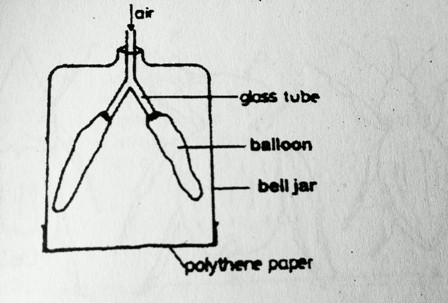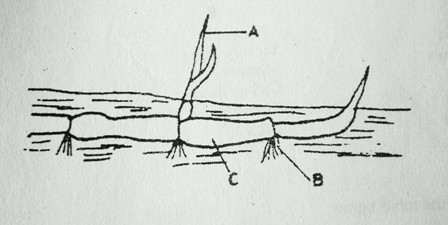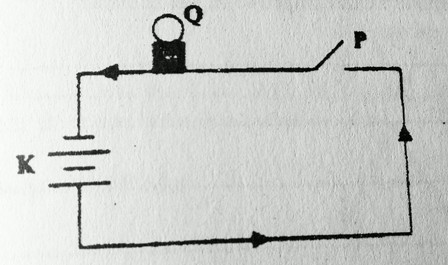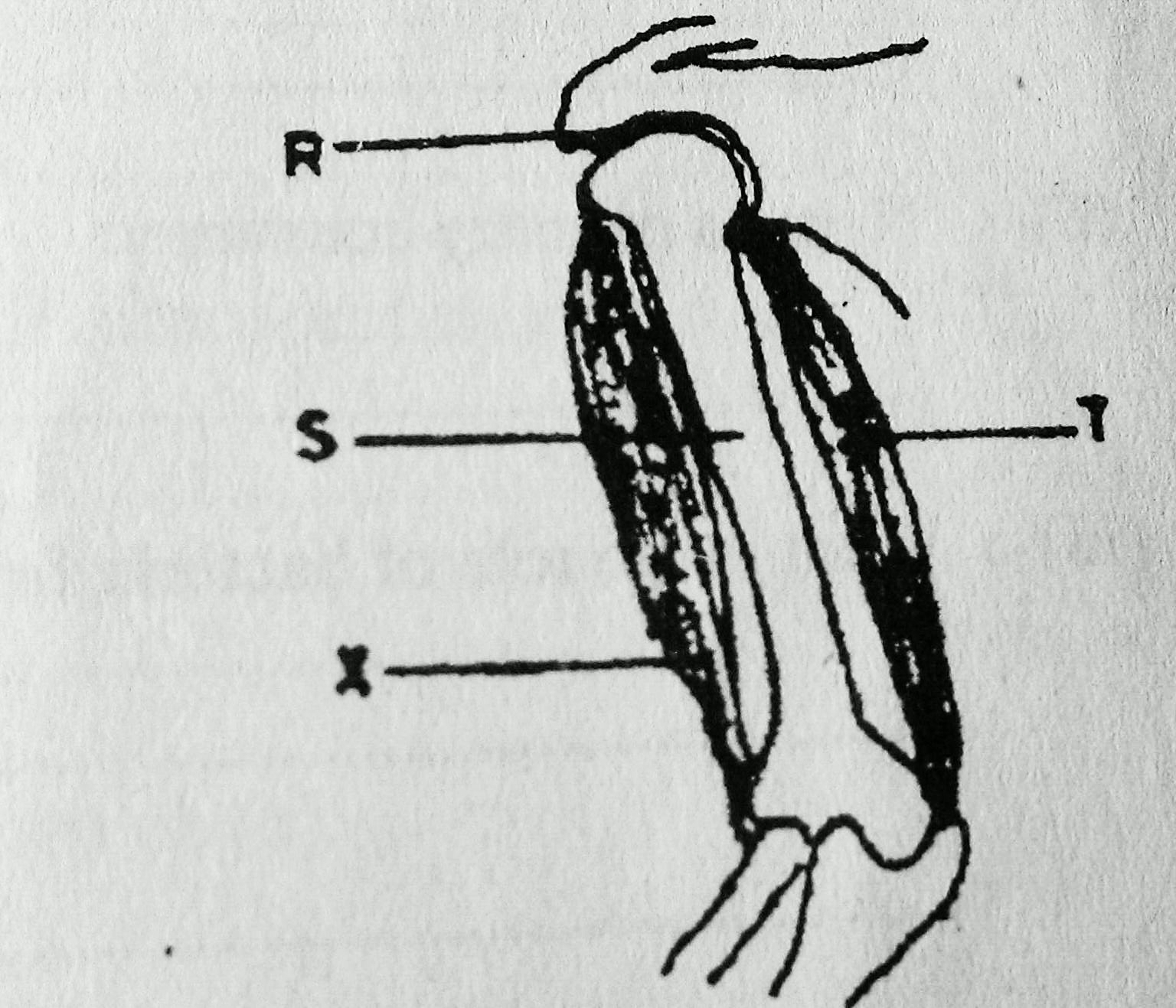SECTION A
1. Why does a bedbug produce a very bad smell when it is touched?
2. Give any reason why a child's diet should have more proteins than that of an adult.
3. Give any one way in which flowers are important to a plant.
4. Give one sign which is common between the people suffering from tuberculosis (TB) and those suffering from AIDS.
5. Give any one example of an animal which is an amphibian.
6. Give any one characteristic which is common to all insects.
7. Why does sugar disappear when it is mixed with water?
8. Which property of air is demonstrated when air is pumped into a ball, and the ball becomes bigger?
9. How is the absence of iodine harmful to our health?
10. Explain why sandy soil cannot retain water like clay soil.
11. What is the importance of red blood cells in the body?
12. Give any one characteristic of an image formed in a pinhole camera.
13. Which of the following animals; fish , frog, lizard, rat and snail, is a warm blooded?
14. Why is proper disposal of refuse important in a home?
15. The diagrams below are of three types of metals. Study them and answer the question that follows.
Explain the cause of the difference in length after they have been heated.
16. Draw a convex lens.
17. Why do you think that seeds of an orange are likely to be dispersed by a person?
18. When water is heated it changes into water vapour. What is this process called?
19. Apart from using more energy, name one other disadvantage of friction.
20. What is the importance of bees to plants?
21. Explain the difference between temperature and heat.
22. What is the disadvantage of having anthills near gardens?
23. The diagram below shows a certain shape of an object which has been dismantled. Study it and answer the question that follows.

What shape can you give from that diagram if folded along dotted lines?
24. What First Aid would you give to a person whose finger has been burnt by fire?
25. Why is it possible to control the spread of cattle disease in a paddock system?
26. Name any one cereal which is used as food.
27. Mukasa has a pool of water in his compound and he has a problem of mosquitoes. What advice would you give him to reduce the number of mosquitoes without spraying the pool?
28. Why is it important to bathe with soap?
29. Draw a compound leaf.
30. Vultures, kites and crows were found feeding on a dead cow. What group of birds are these?
31. Give any one special characteristic of the air we breathe out.
32. Give any one way a human skull is important.
33. Give an example of a hinge joint in a human body.
34. Give any one sign of a dehydrated person.
35. Give an example of a plant which grows from stem cuttings.
36. Explain what ante-natal care is.
37. Suggest one way you would help one to avoid drug dependency.
38. Give any one reason why parents should take their children for immunisation.
39. On a hot day, a boy ran 1500 metres but there was not a lot of sweat on his face. Immediately he came under the shade of a tree, the whole face was full of sweat. Explain the reason for the sweating under the shade.
40. Why are windows put at a lower level than the ventilators?
SECTION B
41. In the diagram below, two insects were placed in water as shown.

a) I) Which insect died?
ii) Give a reason for your answer in (a) above.
b) In which way are the insects shown in the diagram harmful to man?
c) Give any other insect that causes the harm similar to that in (b) above.
42. a) After it has rained, earthworms come out of their holes. Why do they come out?
b) Give two reasons why an earthworm is very important to a farmer.
c) Why does a worm die if oil is poured on its body?
43. Give any four ways in which fish can be preserved.
44. The diagram below shows the way in which one of the systems of the human body work. Use it to answer the questions that follow.

a) Name the system.
b) What does a balloon represent?
c) What does the polythene paper represent?
d) What would happen to the polythene paper if air filled the balloon?
45. Some bacteria are useful and others are harmful. Give an example of each:
a) i) Useful bacteria to a farmer.
ii) Harmful bacteria to man
b) Give any two examples of when bacteria are useful in a home.
46. The diagrams below are of three pests. Use them to answer questions (a) and (b) below.

a) Name two of the pests A and B above.
b) What is the disadvantage of the above insects to a farmer?
47. Match the items of group A with those of group B by completing the table below.
A B
Heart Sensory organs
Kidney Memory
Skin Carbon dioxide
Lung Circulation of blood
Brain Urine
Complete the table below:
| A | B |
|
a) ......................... b) Skin c) .......................... d) Lung |
Circulation of blood ............................ Memory ............................ |
48 a) Name materials used to measure the volume of an irregular object.
b) How would you get the mass of an object if its density is 6g/cc and volume is 10cc?
49. The diagram below shows an underground stem.

a) State the type of underground stem shown in the diagram.
b) State the function of the parts labelled A, B and C.
50. a) Name two practices that have led to the destruction of wetlands.
b)What is the difference between contour ploughing and mulching?
c)How are the two practices in (b) similar?
51. The diagram below shows an electric circuit. Use it to answer the questions that follow.

a) Name part K.
b) Name part P
c) Give any two types of energy that are produced at Q when P is closed.
52. The diagram below shows the human arm. Study it and answer the questions that follow.

A) Name the joint labelled R.
B) Name the bone labelled S.
C) What happens to muscles T and X when the fore arm is raised?
53. As a pupil in a school, you are a member of the school health committee. What do you expect to do to make in the school?
54. a) In the list of objects: rabbit, bacteria, sun, pig and plant,
i) Name a producer
ii) Name a primary consumer
iii) What is the role of bacteria from the above list?
b)What is the difference between a primary consumer and secondary consumer?
55. The diagram below is of an experiment performed by a P7 class. Study it and answer the questions that follow.

a) What is the experiment about?
b) What is the importance of fat pieces?
c) What happens to piece P after sometime?
d) Give a reason for your answer in (c).
